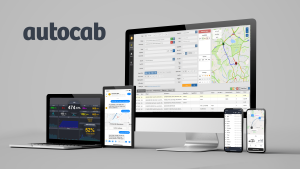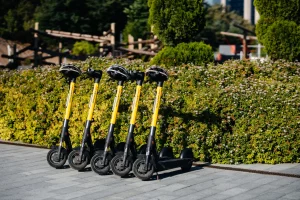During the “Latam Mobility: Colombia 2024“, Orlando Santiago, General Manager of Empresa Férrea Regional, delivered a speech focused on the advancements and expectations of mass transit projects in the department of Cundinamarca.
Santiago highlighted the importance of these initiatives for improving urban and suburban mobility, emphasizing their positive impact on the quality of life of citizens and the sustainable development of the region.
One of the main projects mentioned by Santiago is the construction of a TransMilenio trunk line in the municipality of Soacha, a neighboring locality of Bogotá with more than one million inhabitants.
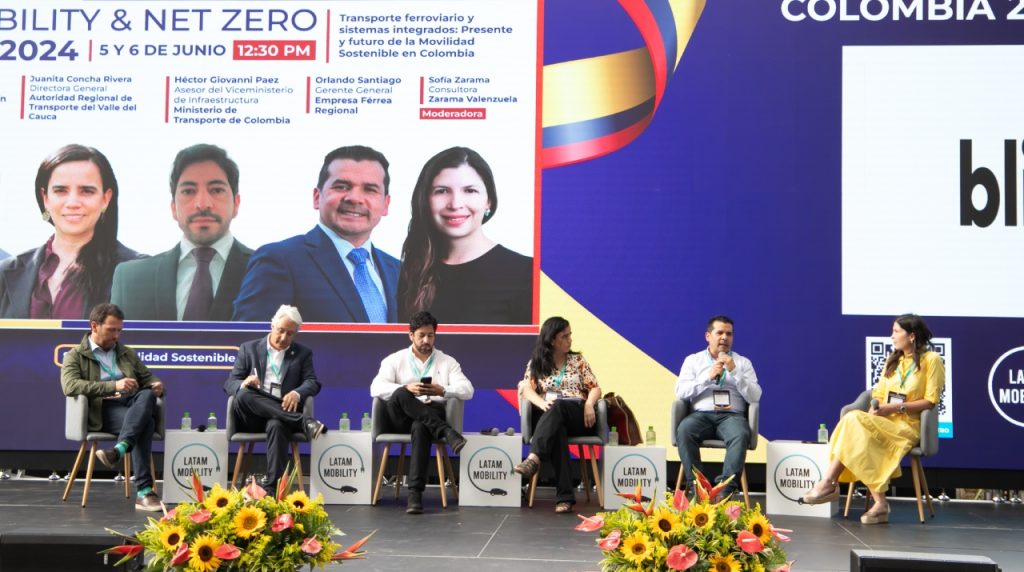
This project is of vital importance as Soacha is the largest capital municipality in Colombia, and its integration into the TransMilenio system will significantly improve the mobility of its residents.
The trunk line will enable a more efficient connection with the capital, facilitating access to job, educational, and recreational opportunities for thousands of people.
The second project discussed by Santiago focuses on the rehabilitation and use of an existing rail corridor that connects the towns. This corridor, which has been unused for many years, will be revitalized to offer a fast and efficient transportation alternative.
Santiago noted that the current journey can take up to three hours, but with the implementation of the railway project, this time will be reduced to approximately one hour. This drastic improvement in travel times will be a crucial benefit for users.

Santiago emphasized that reducing travel time from three hours to one hour represents a logistical advance while simultaneously improving the quality of life for the region’s inhabitants.
Valle del Cauca
Juanita Concha Rivera, Regional Transport Authority of Valle del Cauca, highlighted the relevance of participating in Latam Mobility for a recently established entity. With just one year of existence, it was formed with the goal of implementing the Valle del Cauca commuter train, a regional project that requires a solid institutional foundation.
Rivera stressed that the organization is constituted under a territorial associative scheme, composed of five entities, and is in the process of developing a strategic vision to become an entity that generates value, acting as the technical arm with capabilities in strategy, contracting, and train operation.
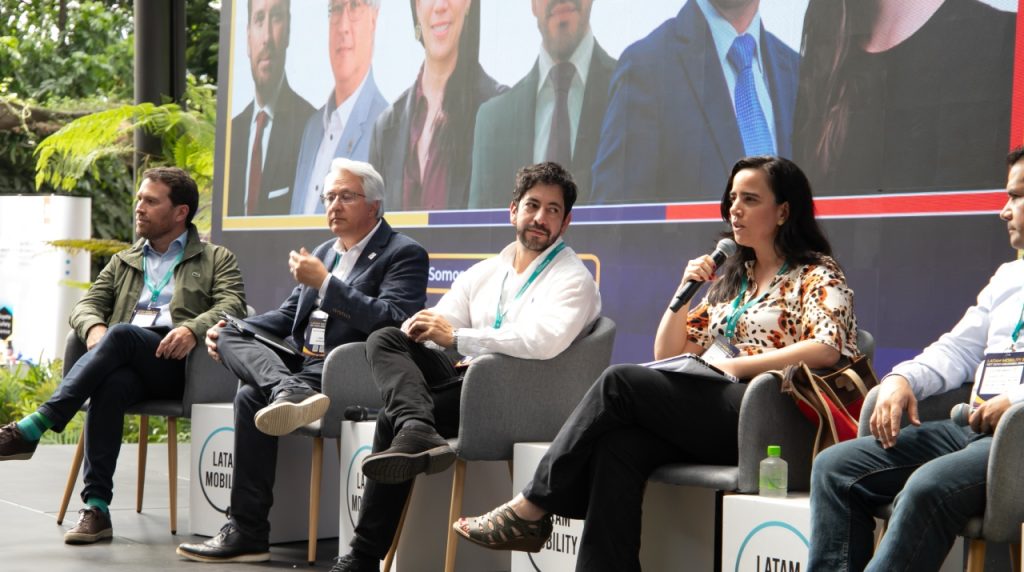
Rivera also mentioned that, in addition to the commuter train, they are evaluating other larger-scale strategic projects, such as the regional integrated transport system, whose backbone will be the train.
In this context, they have established the first regional observatory in Valle del Cauca, designed to provide valuable information to inform public policies related to the train, which is fundamental for the project’s development as they are currently finalizing the necessary technical, financial, and legal studies to obtain the national government’s fiscal approval and secure project co-financing.
Government Initiatives
Héctor Giovanni Páez, Advisor to the Vice Ministry of Infrastructure of Colombia’s Ministry of Transport, highlighted the importance of recent government initiatives for the country’s railway reactivation.
Páez mentioned that one of the main actions has been the processing of a bill in the Congress of the Republic, which aims to update the operational and regulatory conditions of railway systems and encourage investment in this sector.

Despite much of the current regulations focusing on freight systems, it is crucial to revitalize the approximately 3,500 kilometers of railways, of which more than 60% are inactive, to improve both freight and passenger transport.
Moreover, the implementation of the Railway Master Plan defines strategies for the next 30 years to recover inactive railway corridors and determine their potential for reactivation in the short, medium, and long term.
This plan will also identify which infrastructures can be reused or adapted for other future uses. Currently, railway transport in Colombia moves between 11% and 15% of freight, but excluding coal transport, this figure does not reach 1%. It is projected that by 2050, the freight volume will increase from 300 to 700 million tons, and although the train will not replace road transport, its efficiency in terms of consumption and costs makes it a competitive and complementary alternative.
Medellín Metro
Tomás Elejalde, General Manager of Medellín Metro, emphasized the importance of the metro as a driver of dreams and opportunities for millions of travelers, noting that this transport moves approximately 312 million people a year, operating 365 days a year, which underscores the magnitude of its operation and its impact on the city.
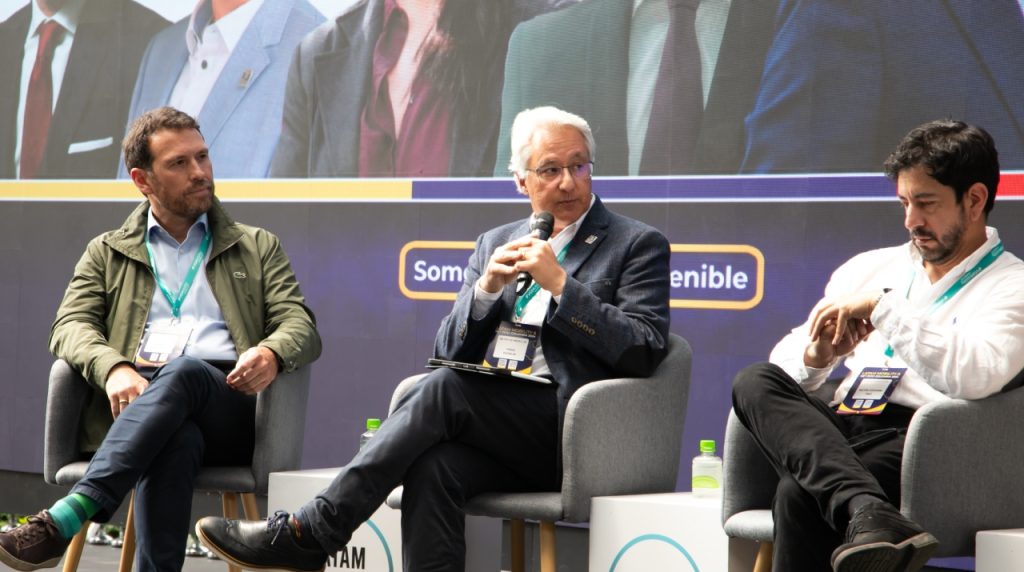
Additionally, the presence of mass transit systems positively transforms the territories around them, promoting orderly urban and commercial development, a phenomenon known as transit-oriented development.
Elejalde also shared ongoing projects of the Medellín Metro: the construction of a new light rail line in the west of the city, called Avenida 80, an example of public-private collaboration with a co-financing structure backed by the national government under the metros law.
Finally, Elejalde addressed the financial challenges faced by mass public transport systems. He clarified that, due to regulated fares by authorities not always covering operational costs, it is common for these systems to rely on government subsidies.
Evolution and Commitment of Holland & Knight Colombia
Edwin Cortés, a Partner at Holland & Knight Colombia, discussed the evolution and commitment of his firm in managing and collaborating with various actors of the BRT (Bus Rapid Transit) system in Colombia.
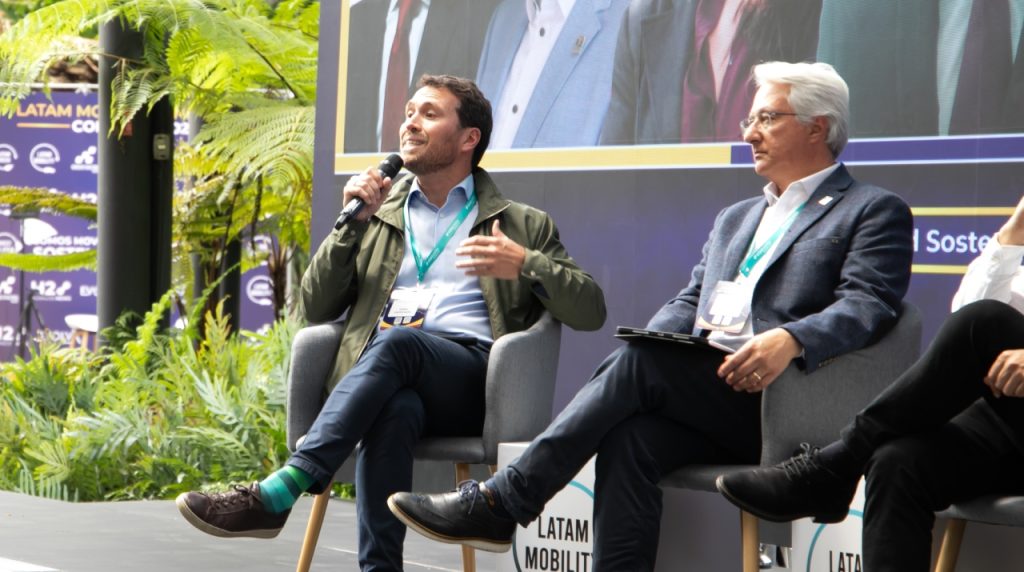
Since its inception as a managing entity, Holland & Knight has accompanied numerous agents and actors in implementing these systems, which are fundamental for transportation integration in the country.
Cortés emphasized the importance of the experience accumulated in Colombia over the last 20-25 years, mentioning concrete examples such as the TransMilenio system in Bogotá, noting that the initial dedication and obsession to improve transportation has evolved into broader and more strategic collaboration.

He stressed that the private sector has the necessary tools to drive these projects and make the dreams of a more integrated and efficient transportation a reality. Finally, Cortés shared that Holland & Knight has had the fortune to participate in advising Metrolínea and the builders of Bogotá’s first metro line on contractual and environmental aspects.
He highlighted that although international experiences are valuable, it is essential to adapt them to Colombian realities. He concluded that, just like the development of BRT, the firm is committed to accompanying and promoting the growth of railway systems in Colombia.





